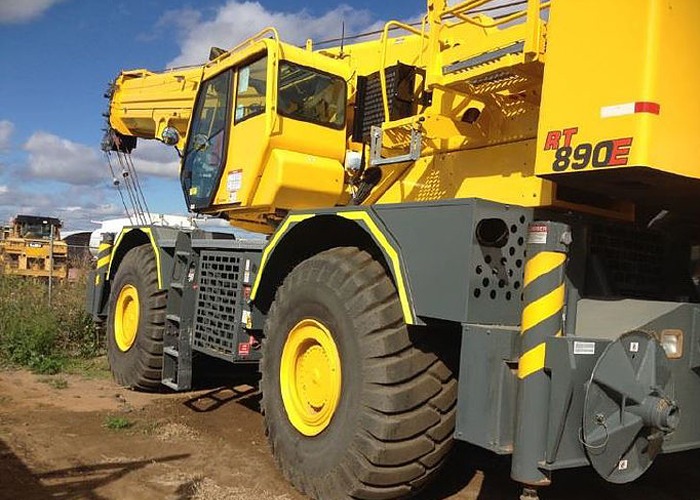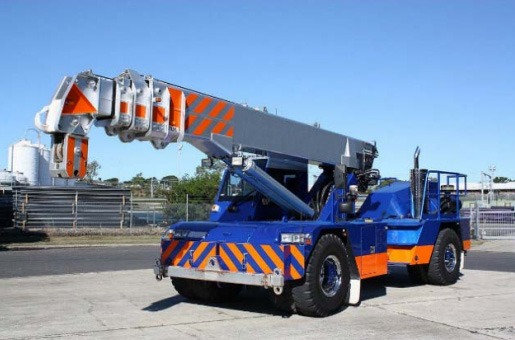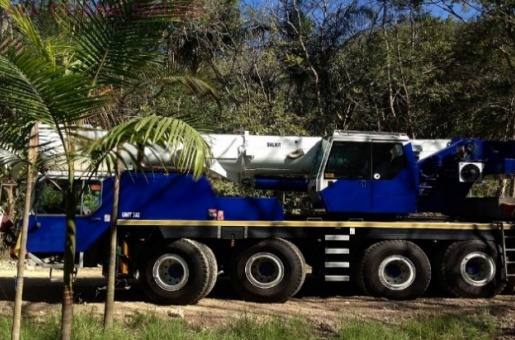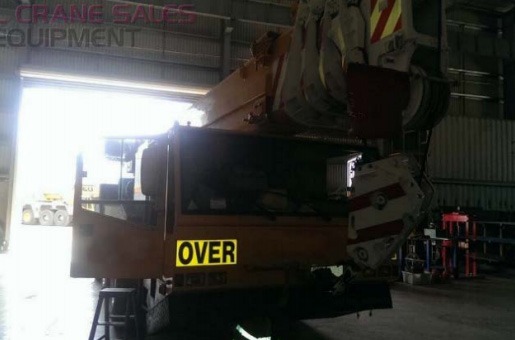- Home
- Selling Tips & Tricks
Selling Tips & Tricks
Our Photo Guide
As the old saying goes, ‘a picture paints a thousand words’. At All Crane Sales, we like to present our consigned equipment to the best of our abilities and photos play a big role in achieving it. Buyers are far more likely to enquire about a crane they can clearly see.
We have developed this guide to assist you in taking great photos to complement your listing. Here are some of the main things you should keep in mind when taking photos:
- Ensure the plant item is clean. A basic wash and detail prior to taking sales photos is recommended.
- Avoid having rubbish, magazines and other paperwork in the photo, simply remove these items.
- Ensure the immediate area around the plant is clear and unobstructed. Avoid showing other vehicles, plant, people or distractions in the photo. The reasoning is simple, other items/people visually distract.
- Aim to use natural sunlight. Late morning through to mid-afternoon works best for bright and clear photos.
- Avoid sunrise, late afternoon, evening, heavily overcast, rainy or undercover photos as the light will be poor.
- Don’t take photos with the sun close to or directly behind the plant, this will result in the plant looking too dark.
- Don’t take photos where the paint or glass is reflecting towards you, change your angle slightly to avoid glare.
- Ensure the whole plant item is centred in exterior photos; boom, tyres and body need to be seen.
- Ensure all photos have a generous border around all sides of the equipment for editing purposes.
- For close up photos, like inside the cab, ensure the angle is complementary to the item/area.
- Avoid portrait (tall/vertical) photos, landscape (wide/horizontal) photos work for better online presentation.
- Avoid taking photos of the interior through glass, these photos tend to look cloudy and distract the eye.
- Take a photo from directly in front and behind, not angled but in-line with the plant.
- Photos from the side need to directly perpendicular to the plant. Take these from both the driver and passenger sides as most equipment has features unique to each side and the condition needs to be evident.
- Diagonal from the front, like Example #1 below, at roughly 45 degrees.
- Inside cabin/s – these are best taken from an overview perspective, not close up as this doesn’t show enough.
- Take close up photos of the hour meter/s and the odometer gauge, this is a mandatory requirement.
- A clear photo of the tyre tread condition, multiple photos if tyres are differing conditions.
- Photos of all accessories that are not attached to the equipment
- Email servers have limitations with the amount of attachments they allow. Often 10mb of attachments per email is a common limit. If you’ve managed your photos as described above you will only need to send a couple of emails.
- Use our consign form – Click here to upload photos
- Online cloud storage. If you have a cloud storage account, like Dropbox, OneDrive or Google Drive, upload your photos and send us a link so we can download them.
- USB stick. Another option would be to load your photos onto a USB stick and mail it, deliver it to us or let us know it’s ready and if we’re in your area we’ll collect it.

Photo Examples
The following photos are both good and bad examples of real sales photos. Please read the dot points underneath each example to understand what works and what doesn’t. This practical guide will help you understand what works best.

#1 – Excellent Example
- Crane was thoroughly detailed prior to the photo being taken.
- The photo was taken in a clear area with no foreground or background distractions.
- The lighting is natural and bright, the sun is behind the camera.
- The crane is perfectly centred in the photo showing the boom, tyres and chassis clearly.
- Photo angle and resolution is excellent

#2 – Poor Example
- Crane is seemingly clean.
- The foreground and background trees are very distracting.
- Lighting is good except for the tree shadows.
- Crane is not centred to the image, both the front and rear are cut off.
- The photo angle, side on, would have been great except for the trees and the tree shadows being in the way.
- Photo resolution is average.

#3 – Very Poor Example
- Cleanliness is unknown due to the crane being difficult to see.
- The background needs to be better, photos taken inside buildings are usually distracting due to objects in the foreground/background.
- Lighting is extremely poor, this is typical of photos taken inside buildings/sheds or with artificial lighting.
- Crane poorly centred, boom and chassis are outside the image.
- Photo angle is poor and resolution is average.
Disclaimer: We have in preparing this document used our best endeavours to ensure the information contained is true and accurate but accept no responsibility and disclaim all liability in respect to any errors, omissions, inaccuracies or misstatements contained. Prospective purchasers should make their own enquiries to verify the information contained in this document.
Download Our Brochure
We have integrated our two companies Australian Machinery Hire & All Cranes Sales & Equipment to become All Cranes - a one stop shop.
Take a look at our new brochure to learn more about All Cranes.


CONTACT INFO
PHONE:
(07) 3180 2870
EMAIL:
info@allcranesales.com.au
sales@allcranesales.com.au
ADDRESS:
Office 30/27 South Pine Road
Brendale, QLD, 4500
License: 4046905
ABN: 94 603 777 055
